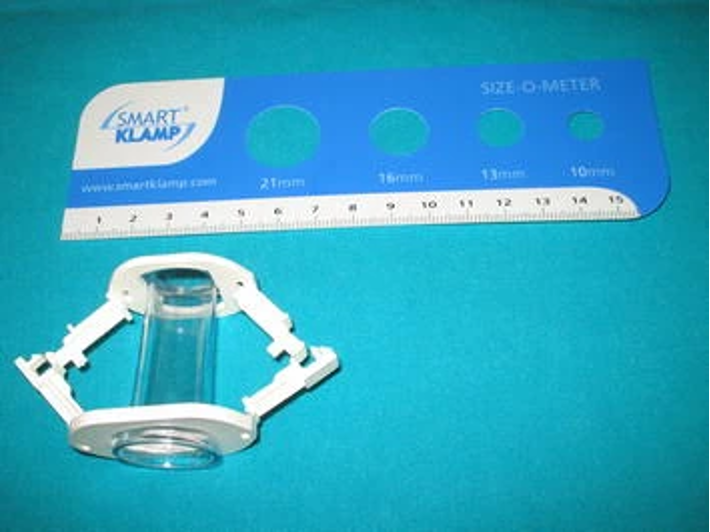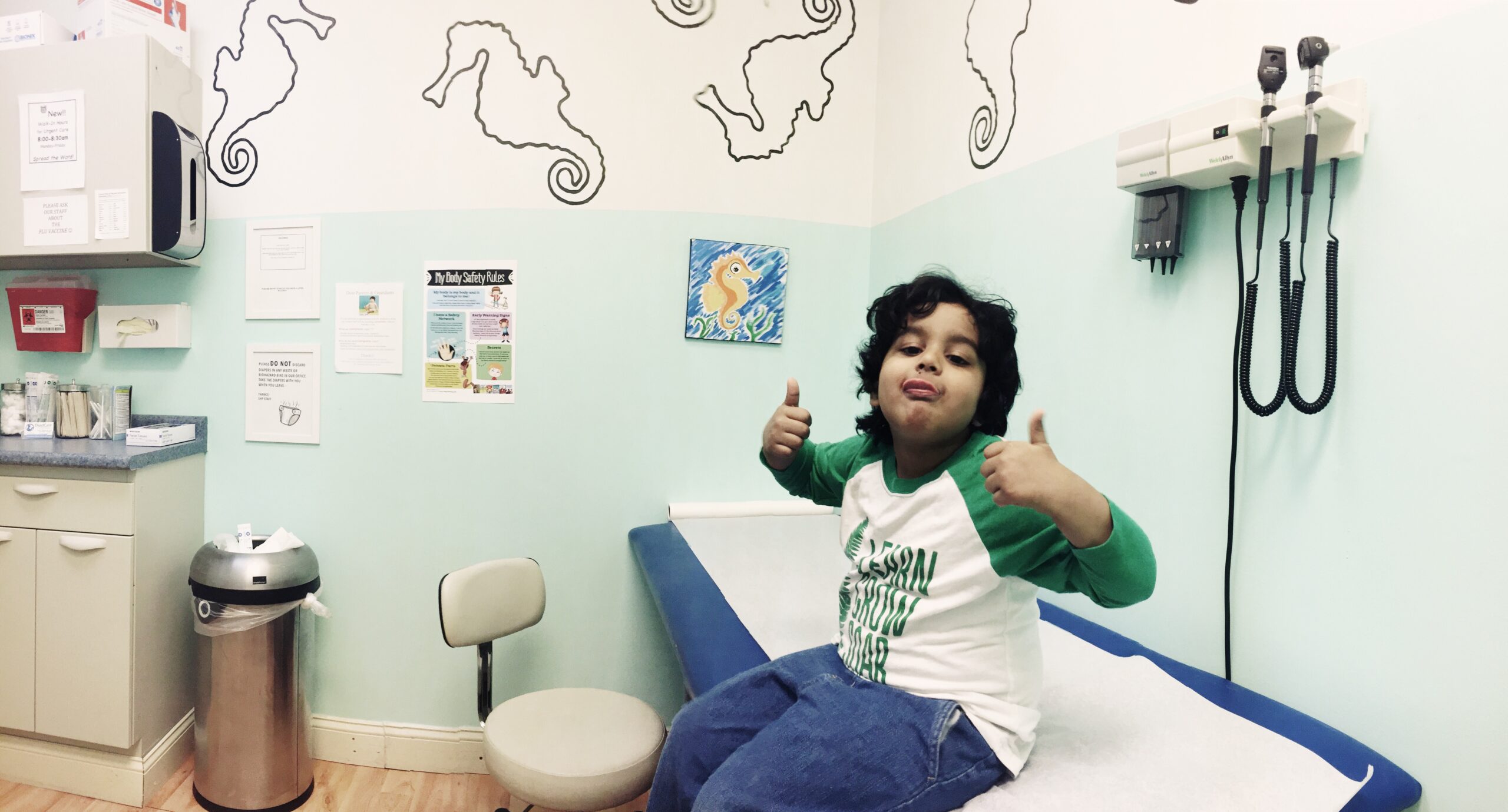Male circumcision is one of the most practised procedures worldwide. Circumcision in Malaysia is an almost universal experience among Muslim males. An estimated 61% of Malaysia’s population are circumcised males, with up to a whopping 300,000 circumcision procedures being performed each year. With circumcisions being such a commonly performed procedure, there is an obvious need for high standards regarding surgeon competence, patient management and minimising complications. Unfortunately, this is not quite the case yet. A survey conducted by the Malaysian Association of Paediatric Surgery found that 120 male circumcision patients had post-surgery complications in December 2022 alone. The most common complications were hematoma or excessive bleeding (37.5%) and wound infection (30%).
The main issues with circumcision in Malaysia:
- The high demand of male circumcision procedures makes it unfeasible for paediatric surgeons, obstetricians, and urologists to handle these procedures alone.
- As such, inadequately trained practitioners have to step-in to help perform these procedures. This increases the chance of complications, especially when conventional circumcision surgery methods such as the dorsal slit method and sleeve resection method are performed.
- Post-procedure complications can occur due to complications during the circumcision surgery. For instance, excessive bleeding during surgery may obstruct the surgeon’s vision, resulting in poor cosmetic results, excessive foreskin remaining or even accidental amputation of the tip of the penis and/or underside of the penis.
Smart Clamp circumcision to the rescue.
To overcome these problems, all circumcision procedures at designated Qualitas clinics are performed using SmartKlamp, a disposable circumcision clamp. The SmartKlamp consists of two parts: a clear inner tube and an outer clamp. The tube is placed over the penis tip and the foreskin is pulled over the tube. The clamp is then inserted over the tube, such that the foreskin is tightly gripped between the tube and clamp. Simultaneously, the penis tip is protected by the tube, preventing accidental injury of the tip and underside of the penis.

How smart clamp circumcision works
The smart clamp circumcision method stacks up nicely against conventional methods. It is relatively quick, safe, and easy – both in terms of performing the procedure and in terms of post circumcision care. In comparison to the dorsal slit method (conventional) which can take anywhere between 15 – 30 minutes to complete, smart clamp circumcision is notably quicker, with an operative time of about 5 minutes. Furthermore, the risk of circumcision complication is significantly less when using SmartKlamp. Apart from the tip and underside of the penis being protected by the tube during circumcision, the foreskin is gripped tightly between the tube and the clamp, cutting off blood flow to the to-be removed skin. This prevents excessive bleeding and eliminates the need for suturing to prevent further blood loss.

Post circumcision care.
- Stitches and dressing are not typically required, hence the wound requires relatively low maintenance and minimal assistance from the parent/guardian.
- Vigorous physical activity is not recommended for the first week post-surgery, however.
- From an administrative perspective, the smart clamp circumcision method is practical as it is easily performed without needing much prior experience.
- It is a pre-sterilized disposable circumcision clamp, thus reducing the risk of cross infection.
Potential complications.
As with any surgical procedure, there are of course minor complications to be anticipated. Nonetheless, the doctors performing smart clamp circumcisions at Qualitas are proactive in taking necessary precautions to minimise these complications.
- Penile swelling – With a Papase prescription this recovers within 3 days.
- Occasional bleeding after clamp removal if the wound is not well-protected – To avoid this, our doctors prescribe antibiotic ointments and carry out a simple gauze dressing which would need to be left on for 2 days.
- Morning erection during the recovery period – A non-adherent compression wrap is recommended to secure the wound for 2 days, for adult patients and patients undergoing puberty.
- Anxiety during the post-surgical circumcision clamp removal – An anaesthetic gel is applied around the circumcised area before clamp removal, resulting in a quick and painless procedure.

Smart clamp circumcision is a smart decision.
While there are complications associated with using circumcision clamps, they are easily preventable and curable, without distressing the patient or taking a long circumcision recovery time. This method also addresses growing concerns regarding surgeon competence and patient safety during circumcision surgery. The smart clamp circumcision method safeguards both the practitioner as well as the patient, due to low wound maintenance during recovery and low risk of infection. All in all, the use of disposable circumcision clamps like SmartKlamp is highly recommended for male circumcision in Malaysia.
References:
- Aldemir, M., Çakan, M., & Burgu, B. (2007). Circumcision with a new disposable clamp: Is it really easier and more reliable? International Urology and Nephrology, 40(2), 377–381. https://doi.org/10.1007/s11255-007-9275-x
- Andersen, Shannen, F. A., & Mataram, R. (2021). Advantages and Disadvantages of Male Circumcision Techniques: A Literature Review. Indonesian Journal of Urology, 28(1), 1–7. https://doi.org/10.32421/juri.v28i1.557
- Karadag, M. A., Cecen, K., Demir, A., Kivrak, Y., Bagcioglu, M., Kocaaslan, R., Ari, M., & Altunrende, F. (2015). SmartClamp circumcision versus conventional dissection technique in terms of parental anxiety: A prospective clinical study. Canadian Urological Association Journal, 9(1-2), 10–10. https://doi.org/10.5489/cuaj.2131
- Morris, B. J., Wamai, R. G., Henebeng, E. B., Tobian, A. A. R., Klausner, J. D., Banerjee, J., & Hankins, C. A. (2016). Erratum to: Estimation of country-specific and global prevalence of male circumcision. Population Health Metrics, 14(1). https://doi.org/10.1186/s12963-016-0080-6
- Sabirin, J. (2008). Health Technology Assessment Section, Medical Development Division, Ministry Of Health Malaysia. In Portal Rasmi Kementerian Kesihatan Malaysia (pp. 4–19). Ministry of Health Malaysia. https://www.moh.gov.my/index.php/database_stores/attach_download/347/112
- Suzen, A., Karakus, S. C., & Erturk, N. (2021). Circumcision with plastic Alisclamp technique in 4733 boys: Our experiences to reduce complications. Turkish Journal of Medical Sciences, 51(3). https://doi.org/10.3906/sag-2011-199
- Zainuddin, A. (2023, March 21). Male Circumcision Complications Under-Reported In Malaysia: Experts. CodeBlue. https://codeblue.galencentre.org/2023/03/21/male-circumcision-complications-under-reported-in-malaysia-experts/

